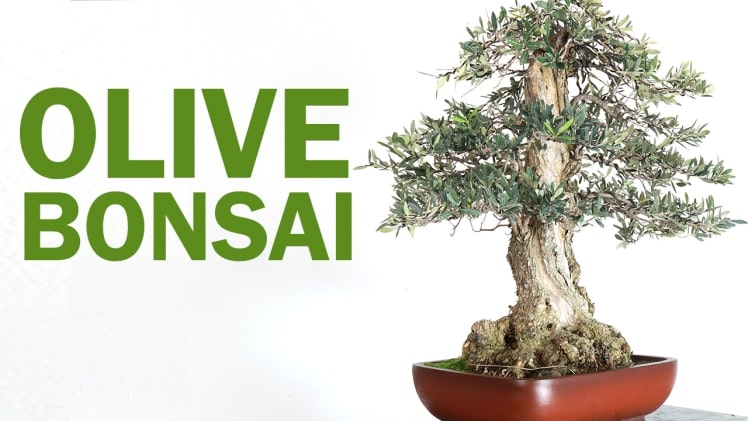Growing a pyracantha is a relatively simple process. These trees can be harvested from the wild or purchased from a local nursery. Beginners should buy a healthy cutting from a nursery.
As with all types of Bonsai, what are sarms pyracanthas need proper watering and care. The essential steps in pyracantha coccinea bonsai care are pruning, repotting, fertilizing, and pruning.
Once established, pyracanthas need pruning every few years, and it’s best to perform it in the spring. During the winter, remove any wayward side shoots. Cut back to three leaves or the first cluster of berries. You can leave lower branches unpruned for a more natural shape or keep them. Remember to clean pruning shears thoroughly with a bleach and water solution before pruning.
How pyracantha bonsai can be used:
The main goal of pyracantha bonsai care is to minimize leaf size and increase growth. This plant produces orange-red berries and white flowers in late spring. Despite its slow growth rate, it is still a popular choice for Bonsai. It’s a hardy evergreen plant and can grow up to 18 feet tall. Taking good care of your Pyracantha will make it a treasured member of your collection.
When caring for your Pyracantha, you need to prune the plant aggressively in the spring and fall to ensure proper growth.
You can also defoliate your Pyracantha every two years to help prevent it from flowering in summer. Aside from pruning, you can use insecticides to control aphids. However, be sure to read the label and use the appropriate ones.
pruned into almost any shape:
Pyracantha can be pruned hard to reduce the leaf size. It can be pruned into almost any shape. It’s a versatile plant that can tolerate extensive pruning. It’s best to prune it in the spring so it can grow to its full potential. Alternatively, you can remove individual large leaves to create a new crop of smaller leaves.
A pyracantha Bonsai needs well-draining soil with good nutrients and balanced pH. A soil with a good pH balance is necessary. A potting mix with an inorganic base will provide the best drainage and nutrient availability. Blended soil contains up to 60% inorganic aggregate and sand.
In spring, pyracanthas need to be pruned to maintain their shape. It’s a good idea to trim off wayward side shoots after flowering and to remove lower branches, so the plant looks more like a tree. Depending on your preferred shape, you can prune the Pyracantha after it blooms.
You can use your garden hose to water the plant.
When you first start growing a pyracantha, you should pot it in the early spring. It’s essential to keep the plant moist to prevent the roots from drying out. If the weather is too hot, a pyracantha needs a deep pot. But the plant needs a lot of moisture and shade to grow and flourish.
While pyracanthas look beautiful year-round, it’s essential to keep them in full sun and protect them from frost. In addition to keeping your pyracantha bonsai alive and healthy, it can be prone to several common diseases and pests. Some of the most common ones include aphids, spider mites, leaf miners, and fire blight.
If you’re a newbie in the world of Bonsai, don’t worry. This unusual species is highly adaptable and will fit into just about any style. Its unique, twisted branch structure makes it a great candidate for Bonsai. Pyracantha varieties can be a good option if you’re new to bonsai care.
The small leaves of this plant make it an ideal candidate for Bonsai.
Unlike many other plants, pyracanthas need a lot of care. While they’re hardy, they can be vulnerable to diseases and insects. So, be sure to take special care of your Pyracantha bonsai. Don’t forget to give it plenty of water and fertilizer. It will be happier and healthier than you think.

